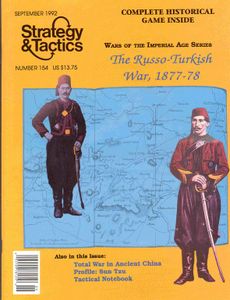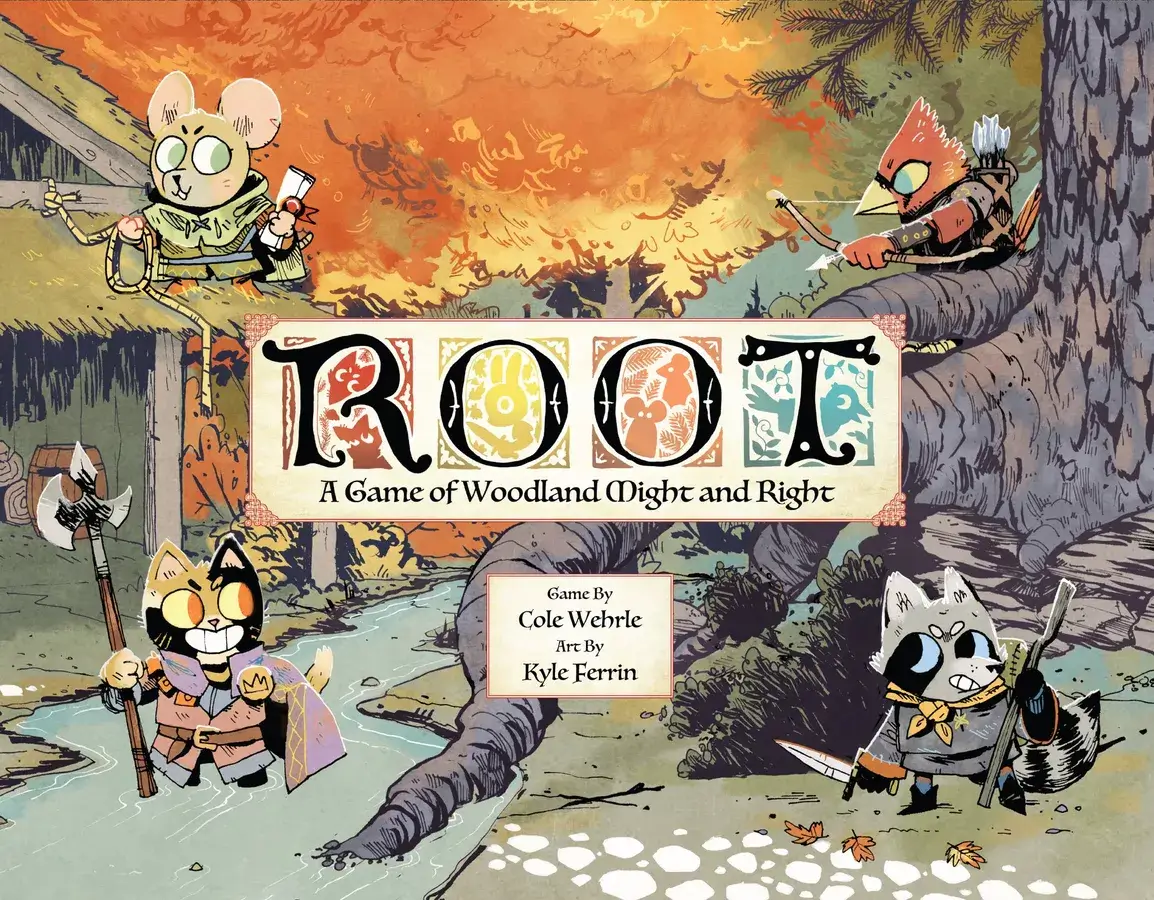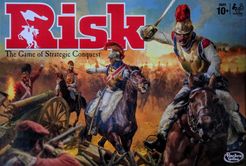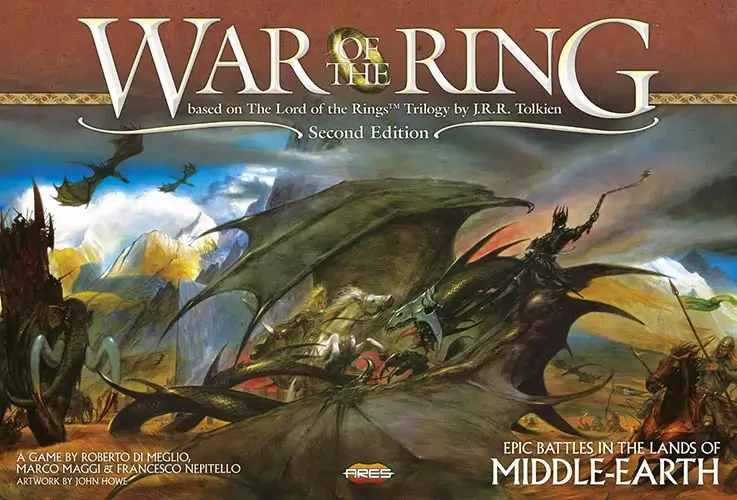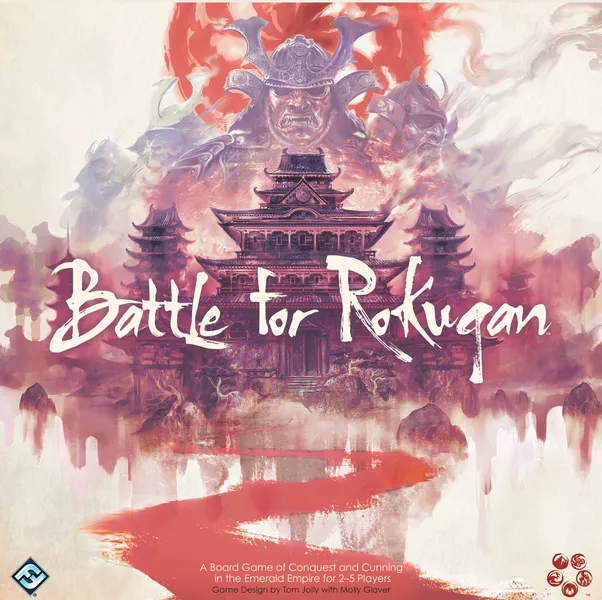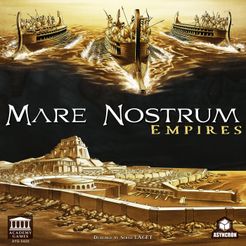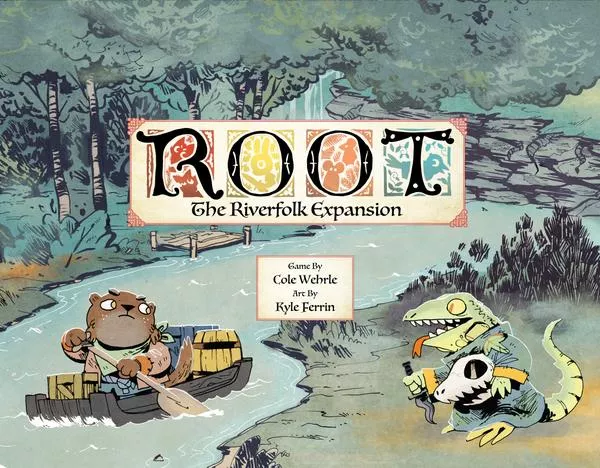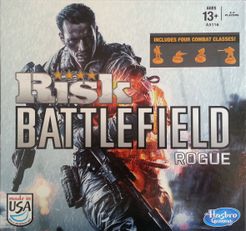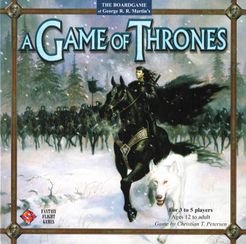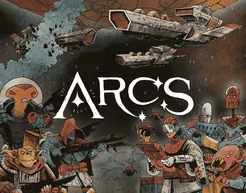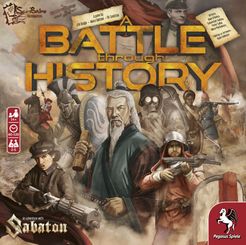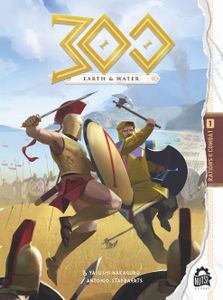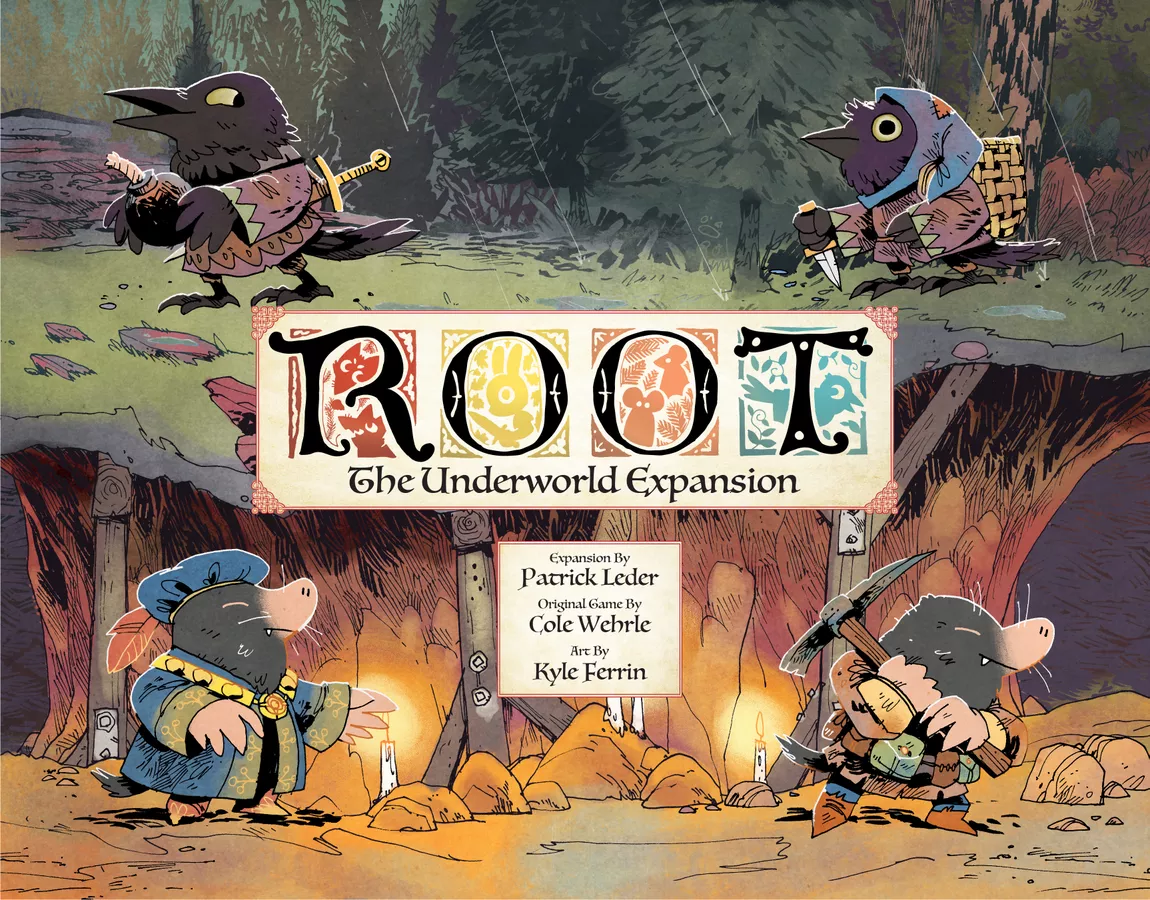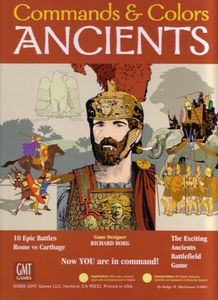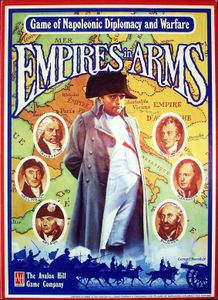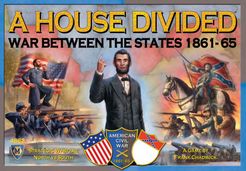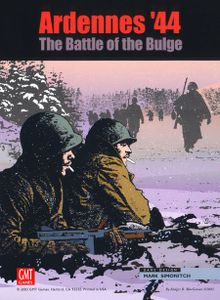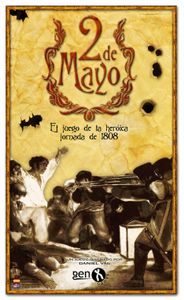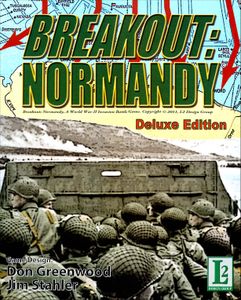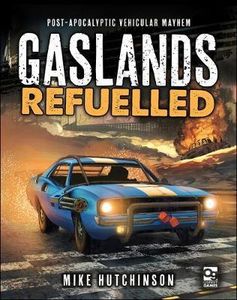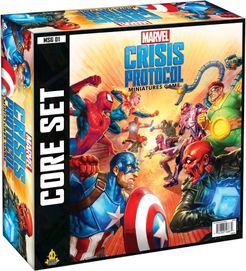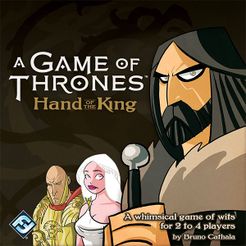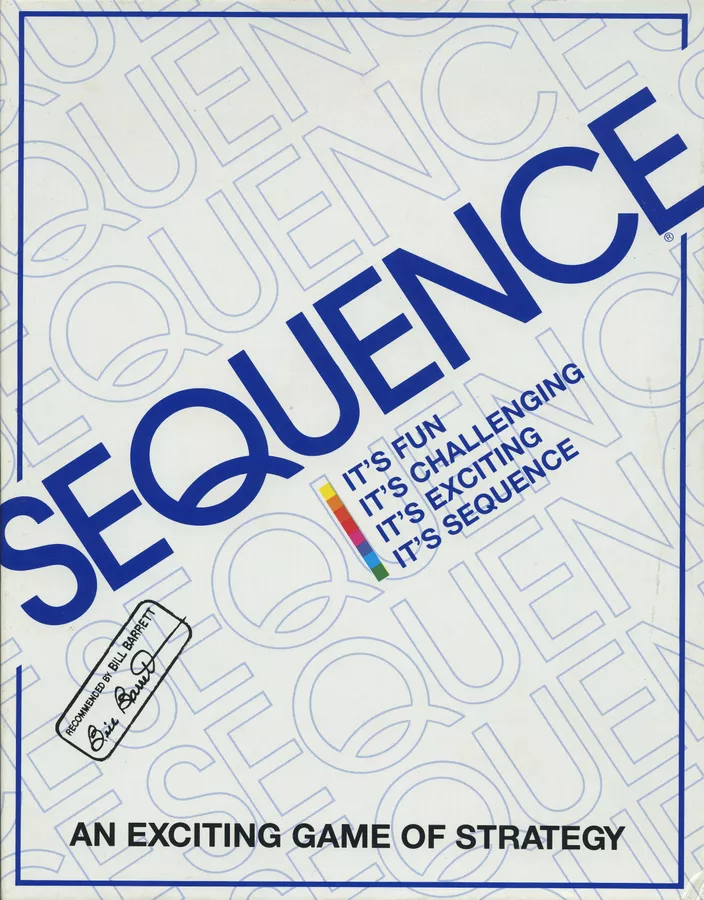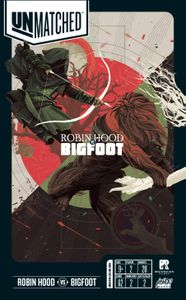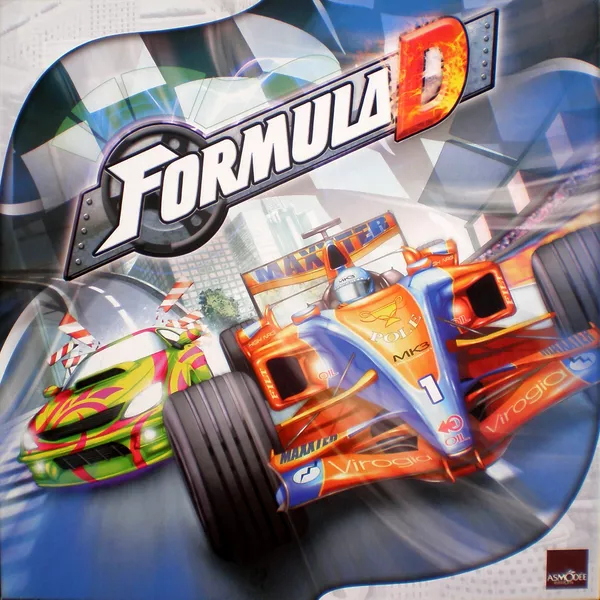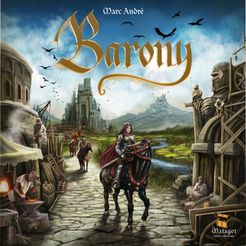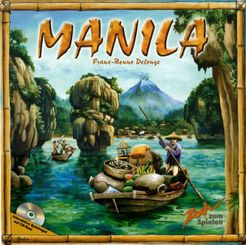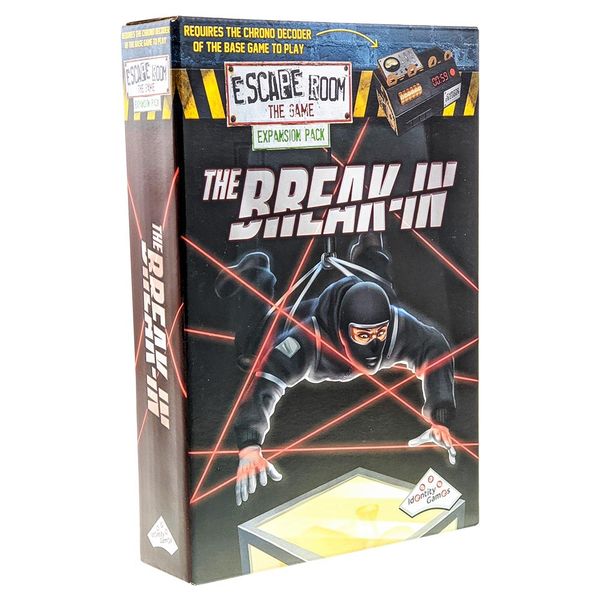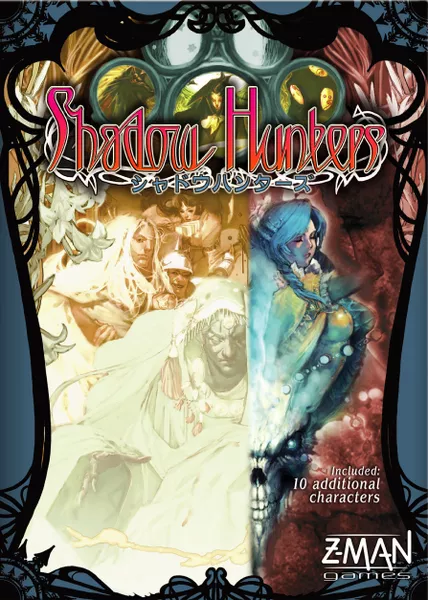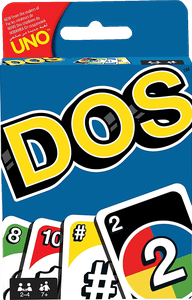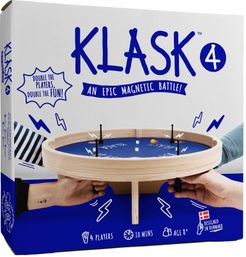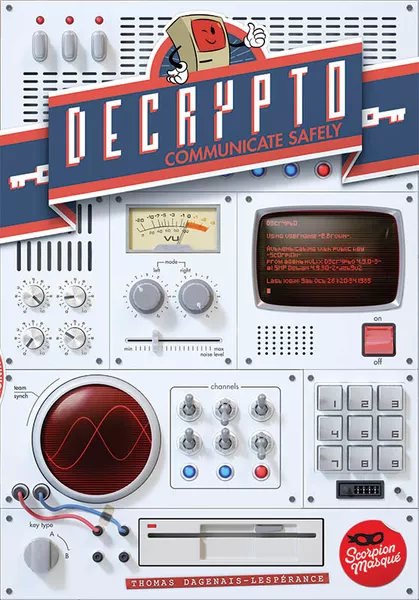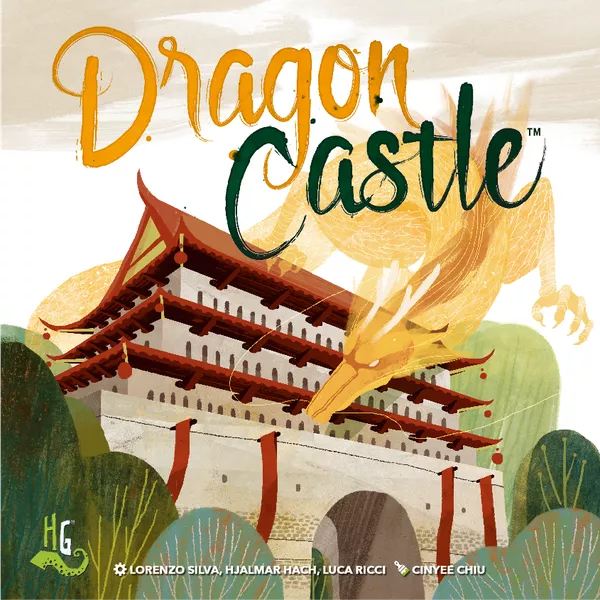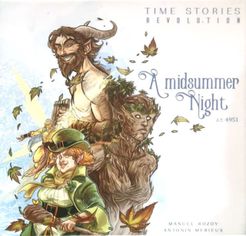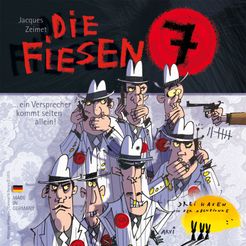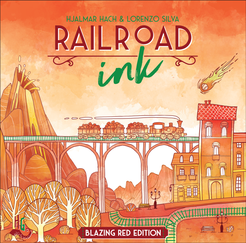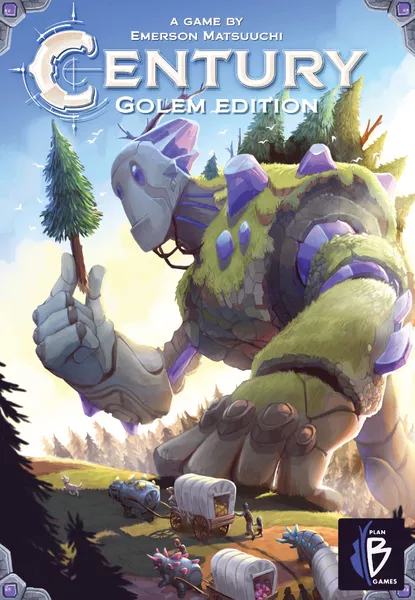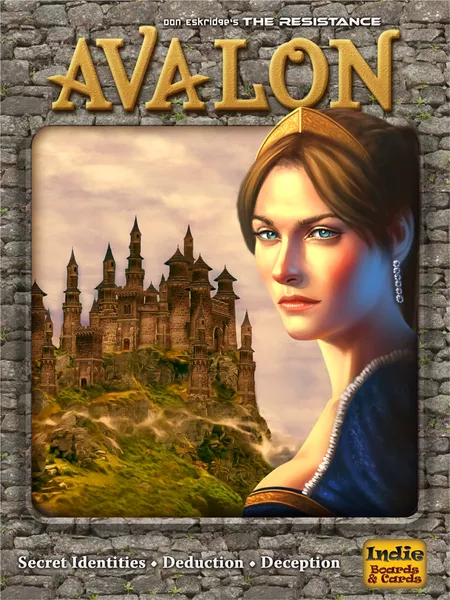The Russo-Turkish War, 1877-78 (1992)
- Overview
- How to Play
- Videos
- Play Now
- Ratings & Comments
The Struggle between the Russian and Ottoman Empires was already centuries old when war broke out in 1877. It had its origins in the bitter conflict between Muslims and Christians, Slavs and Turks. The war proved to be a turning point in that it completely altered the balance of power in the east. In less than 40 years this helped produce the European catastrophe known as the Great War (WW I). Echoes of these ethnic and religious troubles resound today, as the peoples of Balkans and Near East still fight each other in a struggle for dominance. The Russo-Turkish War did not just cripple the Ottoman Empire. It made Russia into the dominant power in the East, and demonstrated the twin impact of modern technology and modern ideology on warfare.
The System rules apply to all games in the Wars of the Imperial Age series, and simulate the conditions of warfare in the late 19th century. This is a revision of the System rules presented with Franco-Prussian War (S&T #149), and completely replaces the System rules book found there. Important changes from the original version are indicated by a double pound sign (##) at the beginning of the rule. Players familiarizing themselves with the game may wish to use just the System rules. The Specific Rules that apply only to the particular game and cover military and political conditions unique to the specific situation.
Units represent historical leaders and headquarters staffs; corps, division-, and brigade-sized units; and fortifications. Each unit is rated for its combat strength, training class, and movement ability. (Specific Rules) Additionally, headquarters are rated for their Operations capability to enhance movement and combat capabilities, as well as conduct various politically oriented functions.
All units are deployed face down, and are revealed to the enemy only if he conducts reconnaissance or intelligence operations. Movement is performed by the moving force rolling on one of four March tables (Regular March, Forced March, Railroad, Naval) and applying the result. Combat is fought between enemy units in individual adjacent hexes; each player draws a Battle Results marker at random. This gives the number of enemy combat factors eliminated, effects on enemy morale, and special results for cavalry, and siege guns.The typical size of units are brigades.
Politics are a factor in the game. Each side has a National Will Index which gives the current level of popular support. This is affected by combat outcomes and other game events. (Specific Rules) Each turn, players have the opportunity to draw Political Events markers, representing various factors affecting the outcome of the conflict.Published in Strategy & Tactics magazine #154, Sep 1992. Errata was published in S&T #157 & 159.
Replacement counters were issued in S&T #162 (2 counters) and S&T #171 (1 counter).
Where to Buy The Russo-Turkish War, 1877-78 (1992)
*We could earn commissions when you purchase through these links.



